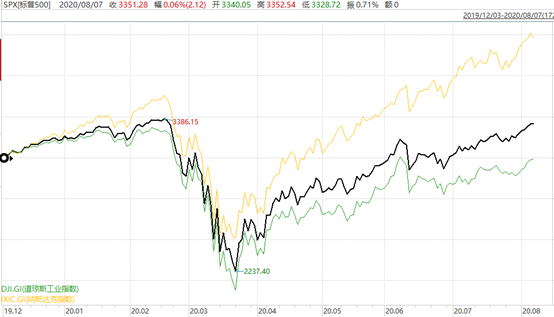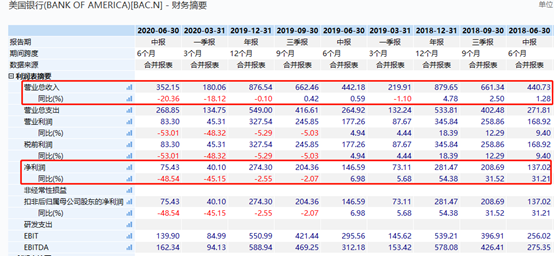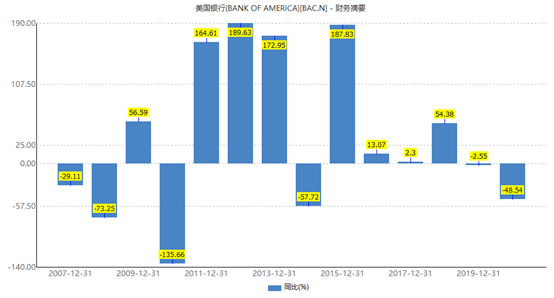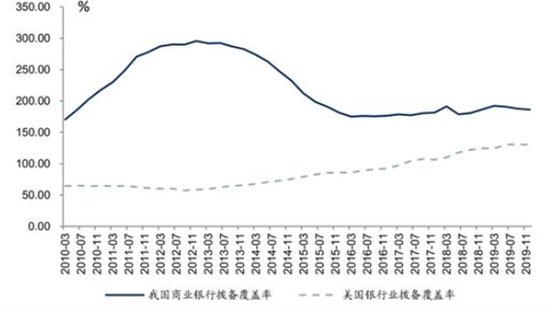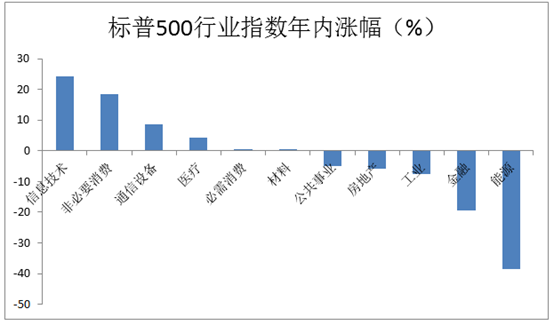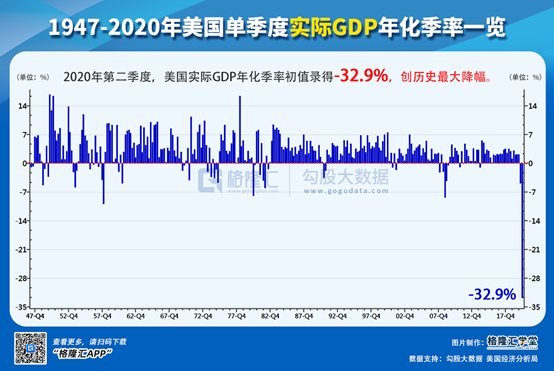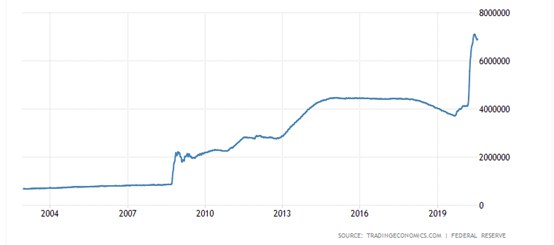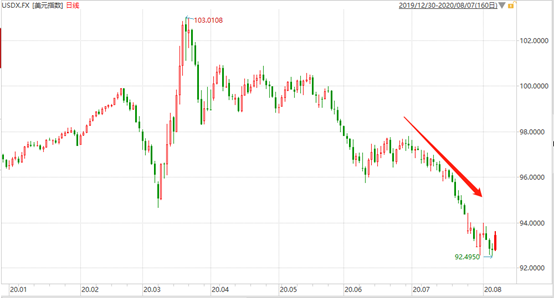The mid-term exam still did not outperform the market.
Editor’s note: This article is from the WeChat public account “Gelonghui Finance Hotspot” (ID: glh_finance), Author Mo Yu Liquidambar.
Counter-attack
In the first quarter of this year, Buffett lost a lot of money due to his fanciful speculation. Bank stocks and aviation stocks were hardest hit. Especially Delta Air Lines, it started to rebound frantically just after cutting the meat, causing the old man to cut to the floor for a while.
The performance of the “Waterloo” in the first quarter was mixed. Fortunately, there was a counterattack in the second quarter, which of course mainly relied on the overall rebound of US stocks.
As of the end of the second quarter, the market value of Berkshire’s shares was 207.454 billion US dollars, an increase of 14.75% from the end of the first quarter. The increase in the market value of the position does not stem from a substantial increase in principal, but a substantial rebound in its own positions. In fact, this rate of return has not outperformed the three major indexes, and is far lower than the 30% of the Nasdaq.
(Source: wind)
In the second quarter, Berkshire made a profit of US$26.3 billion, a year-on-year increase of 86.8%, and a huge loss of US$49.7 billion in the first quarter. This is equivalent to a huge loss of US$23.4 billion in the first half of the year. The overall performance is not so impressive. Berkshire’s stock price is also relatively sluggish. In the second quarter, it fell by 1.73% against the trend, while the S&P 500 rebounded by nearly 20%.
Let’s take a look at heavy stocks again. Buffett holds $91.5 billion in Apple, accounting for 44% of the total position, which is an exaggeration. This is a 43% increase from the US$63.8 billion held in the first quarter and contributed 2/3 of the profit in the second quarter. Apple’s share price rebounded 43% in the second quarter, showing that Buffett did not increase Apple’s position.
In addition to Apple, Buffett also holds major positions in Bank of America, Coca-Cola, and American Express. The market value of the positions is 22.6 billion U.S. dollars, 17.9 billion U.S. dollars, and 14.4 billion U.S. dollars, but they are all shrinking from their positions at the end of 2019.
(Source: Gelonghui)
Especially Bank of America, whose market value has shrunk by 32.3% compared to the end of 2019. During the same period (the first half of the year) Bank of America shares fell 24%. It can be seen that Buffett also has lightened positions in his favorite bank stocks. Not only Bank of America, Buffett also significantly reduced positions in Goldman Sachs, JPMorgan Chase, etc. The proportion of financial stocks has been reduced from more than 40% at the end of 2019 to the current proportion of 28.56%.
Bargain hunting bank
However, Buffett is still reluctant to give up on financial stocks. From July 20 to August 4, it increased its holdings of Bank of America almost every day. In three weeks, it bought a total of US$2.07 billion, and its shareholding ratio in Bank of America rose to nearly 12%, the largest shareholder.
But the performance of Bank of America in the second quarter was dismal. In the first half of the year, Bank of America’s revenue was US$35.2 billion, a sharp drop of 20.36% year-on-year, and its net profit was US$75.43, a sharp drop of 48.54% year-on-year.
(Source: Wind)
The profit growth rate of Bank of America is very volatile. In bad years, for example, there was a sharp decline of 73% in 2008 and a 136% decline in 2010. In good years, the growth rate could exceed 100%.
(Source: Wind)
Actually, in the first half of the year, the performance of the U.S. banking industry changed significantly, and Wells Fargo’s profits returned to pre-liberation overnight. For example, the mid-year report suffered a substantial loss of US$1.726 billion, a 114% year-on-year decline, while a substantial profit of US$14.48 billion in the same period in 2019.
The main reason is that during the economic expansion cycle, banks have better asset quality and fewer provisions. However, during the economic downturn, credit defaults have increased rapidly and banks have made substantial provisions. During the 2007-2011 subprime mortgage crisis, the loan quality of the four major U.S. banks deteriorated, and the net loan write-off rate and non-performing loan ratio increased significantly. The four major U.S. banks increased their provision accordingly.
Look at the treacherous loan loss reserve in the second quarter of this year. Among them, JP Morgan Chase’s provision has exceeded the time of the 2008 subprime mortgage crisis, which shows that there are more pessimistic expectations for the future performance of the US economy.
(The four major U.S. banks accrue loan loss reserves in a single quarter, source: Guoxin)
Looking at my country’s banking industry, the industry provision coverage ratio is significantly higher than that of the US banking industry, and the safety mat is higher. Moreover, the current Chinese economy has recovered beyond expectations, which is significantly better than European and American economies. It can be seen that the Chinese banking industry’s prudent business thinking is much more radical than the US banking industry.
It wasn’t until the outbreak of the epidemic this year that the provision was increased. The well-run China Merchants Bank has continued to increase its provision for bad debts for many years, and its provision ratio has increased to 451%, which is much higher than that of Bank of America.
(China’s banking sector has better provision coverage than the United States, source: Guoxin)
In the opinion of many professionals, Buffett’s mentality of aggressively buying bank stocks at this time is too optimistic. They think Buffett may have to wait several years.Time to see substantial returns. I also hold this view.
The U.S. stock market continued to rebound violently in the second quarter, and the Nasdaq also hit new highs frequently. The S&P 500 was only one step away from the new high. However, from the perspective of 11 major industries, only half of the industries saw positive growth. At the same time, the second quarter of energy and finance ushered in the worst earnings season, and the stock price performance was also the most dismal.
(Source: Gelonghui)
Even the best-run Bank of America, its current stock price has fallen by more than 25% from the end of last year, far from regaining lost ground. It can be seen that mainstream market funds have a cautious attitude towards the banking industry. Furthermore, the banking industry is the mother of all industries, in fact, it is skeptical and distrustful of the rapid recovery of the US economy.
Currently, bargain-hunting bank stocks are actually not cost-effective. And with the frenzied epidemic in the United States, coupled with the highest debt problem in history, the United States is likely to have an economic crisis and a debt crisis. If unfortunately, financial stocks led by banks will become the hardest hit area of the plunge.
Huge amounts of cash
In Berkshire’s latest financial report, there is a set of data that is particularly interesting: As of the end of the second quarter, the cash on the account has reached 146.6 billion US dollars (1021.3 billion yuan), an increase of 19.6 billion US dollars from the end of last year. Create a new historical high level.
$146.6 billion, what level is this?
According to admission holding 2074.54Calculated by the market value of 100 million US dollars, the equivalent of 41% of Buffett’s positions are cash, and only 59% of the positions on the floor.
What does it mean behind Buffett’s huge amount of cash?
Currently, the overall PE multiple of the Nasdaq has reached 60.55 times, the S&P 500 has reached 33 times, and the Dow has reached 27 times, all setting the highest valuation levels for US stocks.
(Nasdaq dynamic PE trend chart, source: Wind)
Behind the new high valuations of US stocks, it is not how good the macro fundamentals are, but the bubble caused by the Fed’s bottomless continuous release of water. In just a few months, the Fed’s balance sheet expanded by $3 trillion, an unprecedented level of release.
(The Fed’s balance sheet expands rapidly, source: Economic Net)
Furthermore, at the interest rate meeting on July 30, Powell also set the tone: The Fed will continue to release water, and the intensity will not decrease. Of course, the U.S. monetary policy will not have a more radical expansion in the future, at best it will maintain the status quo. Just look at the free-falling dollar index.
(Dollar index performance, source: Wind)
On the other hand, after the fundamentals of the U.S. economy is in a deep recession, a large-than-expected V-shaped reversal is unlikely. What should be more worrying is that the epidemic is out of control.
